CAMAGÜEY.- When at the beginning of the month, the Desandann Vocal Group said goodbye to the year in the space of its club at the Cine Encanto, a lady won all the awards. She is the mother of professional singer Marina Collazo, as charismatic and authentic as she is. Since that day I want to interview Julia Fernández Martínez.
She represents the living heritage of the descendants of Haitians, the popular knowledge as the basis of a group acclaimed on the big stage and that in 2024 will celebrate 30 years of founding.
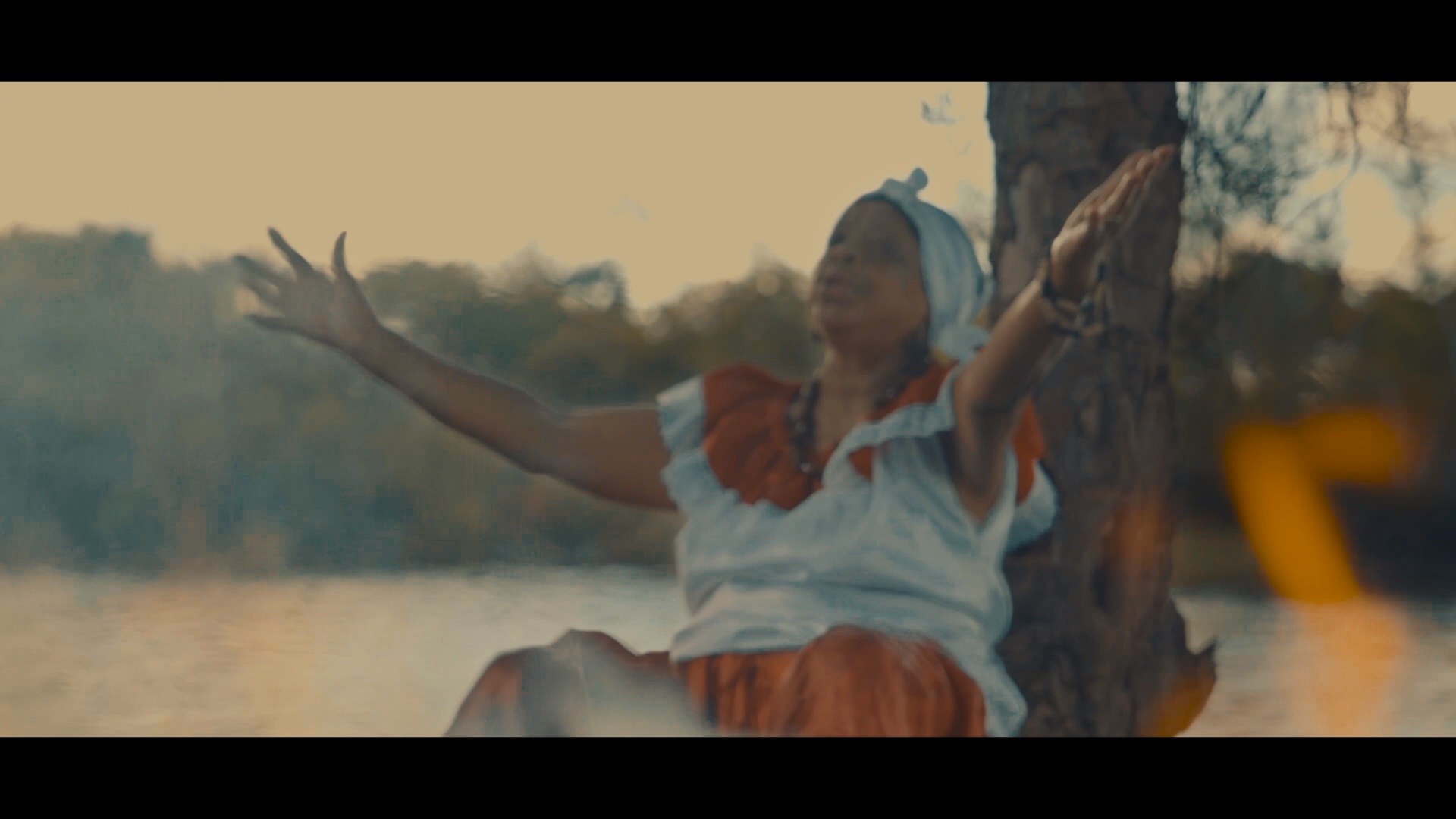 River scene with Julita for the clip Kote moun yo.
River scene with Julita for the clip Kote moun yo.
Julita or Yuya has more than once fulfilled the task of adding flavor to the gathering. That December afternoon she brought a sweet. She commented on the recipe for rice pudding, nutmeg and cinnamon. She then stirred up the atmosphere by singing a carnival gagá in Creole titled Let's Dance, well, that's how it is translated into Spanish from Patuá, the Haitian dialect also known by the term Creole. A language specialist would tell us that “creole” is nothing other than “creole.”
We recently saw her as an actress in the video clip Kote moun yo (Where are the people) directed by the young Camagüey's Oscar Alejandro Viñas. There Desandann performs another party song.
“I am not the founder of Desandann, but I have been by its side. Since I know the language, I have helped Emilia Chávez, who is always busy preparing the members. When my daughter started, she told me to teach her so I knew what she was singing,” says she, who learned it by family mandate: “Yes, mi'ja, the children of Haitians had to learn. They said 'no one has to know what we're talking about.' Since I was little I know the name of everything.”
—It seems musical to me. It has flavor, it has rhythm...
-This is what I say. Haitian music is contagious. I don't have a wide repertoire, but hey, I sing some things.
—Does Desandann sing that repertoire that you learned from your grandparents and parents?
-Some songs. I also learned from the radio. At home we liked to listen to Martha Jean-Claude. The first one I learned is called Panama mwen tonbe. She has a sticky pussy. I like to interpret it so that it stays with us.
—Do your grandchildren know that language?
—No, they don't know, but I tell them, look, this is what it's called, this is this, and they start taking it. I have a brother that I raised since he was little and he understands everything. The generation after me understands and speaks a little.
 This audiovisual also involved the community of Haitian descendants, among them the members of the Bonito Patuá fan group.
This audiovisual also involved the community of Haitian descendants, among them the members of the Bonito Patuá fan group.
—Tell me about the song in the video clip.
-It is an invitation. She says like this: Let's dance.
—You go out in the shade of a tree, next to the river. What character do you play?
—I am the religious custom of the country that is carried out here in our Cuba. The voodoo. He has his things and you say “oh, how is it possible for a person to transform and start saying things” to help you with something.
—Did you like it? Doesn't Haitian folklore lead to folklore?
—I liked it a lot because the customs were interpreted, that ajiaco that in the language is called bouyon. That bouyon ansét is an ancient broth, like yak. Our history is long, long. They would stand in a doorway and have their parties.
—Food is a mark of identity, how do you maintain what you learned?
—Well, the food remains present. Imagine, my grandmother, my mother, my aunts... they taught me. They say that I cook deliciously, that I achieve the same Haitian point. It doesn't mean I'm the best cook but we have a way of cooking. As chefs say, you have to give it time to cook, it's not just about arriving.
—At the end of the year, what happens in families like yours?
—Typical: roast pork on the spike, Creole congrí, cassava with mojo, sweets, drinks. We prepare the tifei and the liqueur. Tifei is made with medicinal leaves. Liqué is a rich honey drink, it's like saying a mint. Activities between family and friends are formed.
—And for the children?
—Their food, sweets. The boys love pistachio made with peanut kernels, it is like nougat. My grandmother thought it was delicious. When that time of the batey, my grandfather prepared an oven for him on the patio. There he made beautiful bread with a pick, he cooked galét, similar to a flavored pancake. They had a way of preparing that, girl...

—Did you live in any batey?
—Yes, I spent some time in the La Caobita area, on Yaguabo 3. It is in Santa Cruz, inside the Macareño junction. The bateyes were close. There were many descendants. They were a family.
—Have you been to Haiti?
—I haven't had the luck to go to Haiti. There I had two siblings, a sister and a brother. My brother is still alive, he has about five or six children, he is already a grandfather. He is a little older than me. I would like to know him, God willing, one day. We have communication with my sister's son. They live sheltered, surviving.
—What did you do professionally?
—Well, I'm not that professional but I've tried to do as much as I could. I am retired from Provincial Justice, loved by my colleagues equally. I have done everything as a worker. I spent 13 years at the Provincial Registry on Cisneros Street, carrying out the work related to the issuance of birth registration, searches... Look what a curious thing, I learned to bind and arrange books. I even served as a cook.
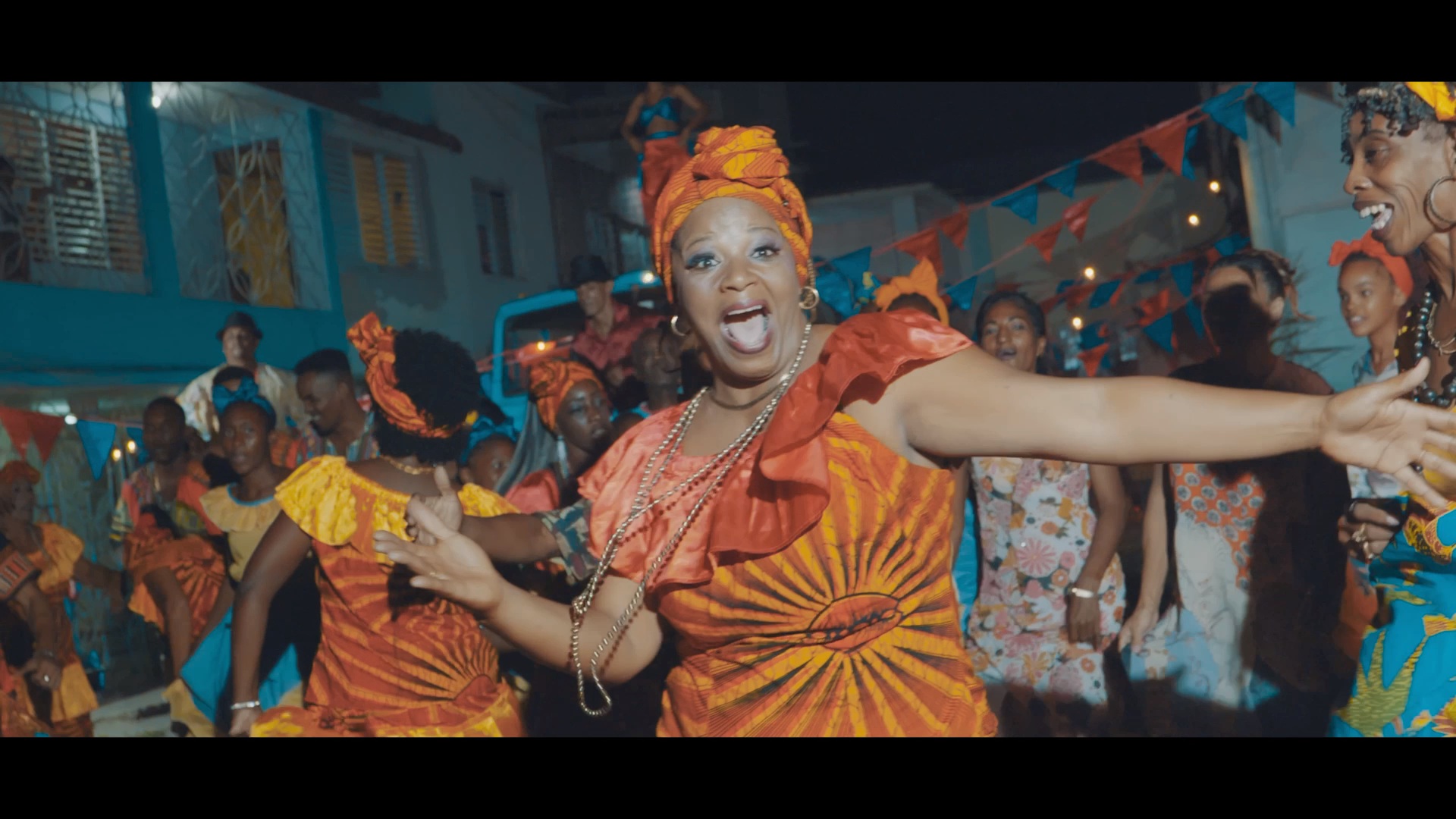 Marina Collazo, singer of Desandann, the Camagüey Professional Choir and the Voces Duo.
Marina Collazo, singer of Desandann, the Camagüey Professional Choir and the Voces Duo.
—Tradition has served Marina for her career as an artist. Did she ever decide to earn a living singing?
—I was in a little Creole group, I don't know if you know that charismatic Haitian woman who goes around Culture trying to also do for Haitian culture. The group was called Retoño. We went to the municipalities, when possible. In Minas we went to the obelisk where my countrymen massacred in Cortadera are remembered. It gave me a feeling to see with that respect that the municipality supported this activity.
—What do you advise the younger ones?
—I would like them to learn the touches, the customs, the culture. Anywhere in our country I am proud to know that there are Haitian groups: in the East with the French tomb; I fell when I was there, well just like Bonito Patuá. I like Ciego de Ávila Fanm zetwal, which means star woman.
—Would you change anything about your life?
—I wouldn't change anything because my humble families, Haitian people, are all noble, they deserve that their children, that their grandchildren follow the tradition. I grew up in that beautiful union. I love my family. I appreciate everything you do for the legacy of Haitians and I urge you to continue. There is no need to feel sorry. I'm going to be 74 years old, so, of course, I know a little about customs that I can now tell.
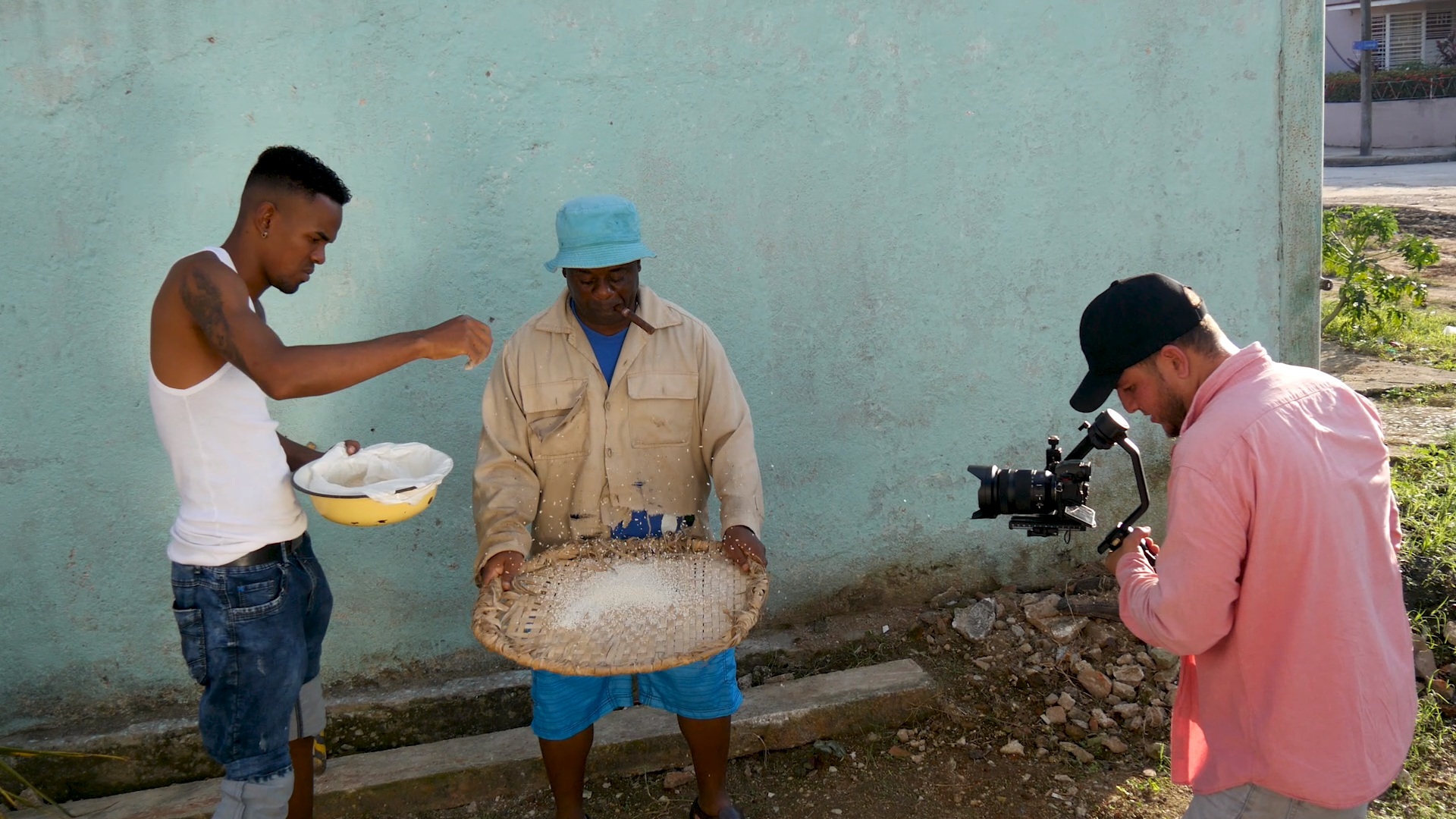 Director Oscar Alejandro Viñas in the middle of filming.
Director Oscar Alejandro Viñas in the middle of filming.

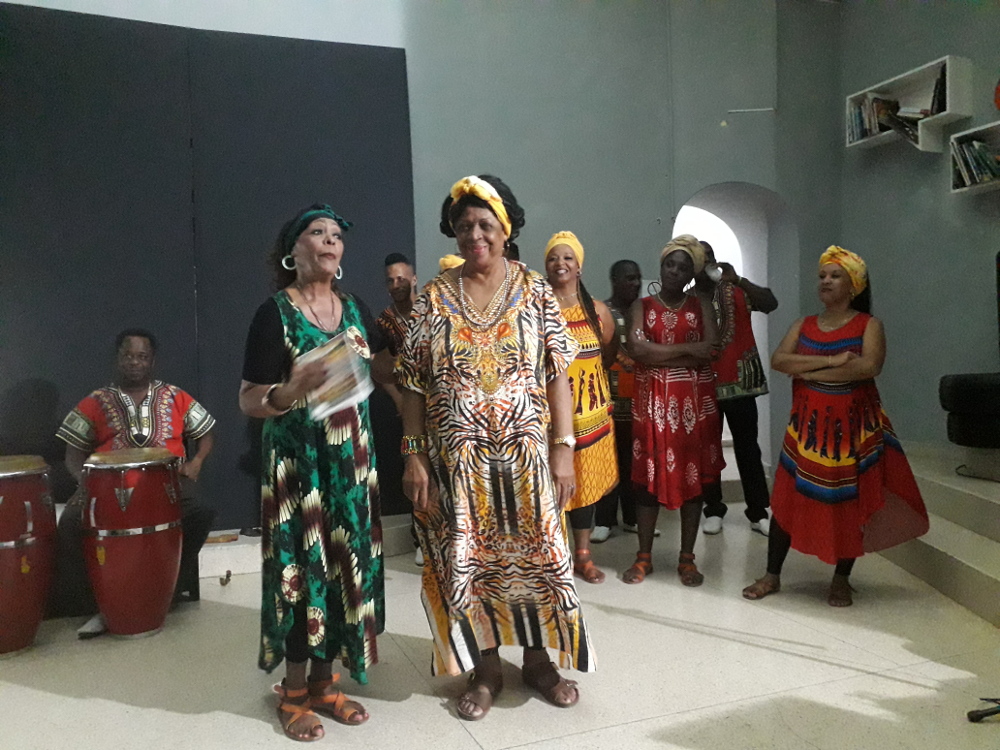 In the club with Teresita Romero, current leader of Desandann.
In the club with Teresita Romero, current leader of Desandann.
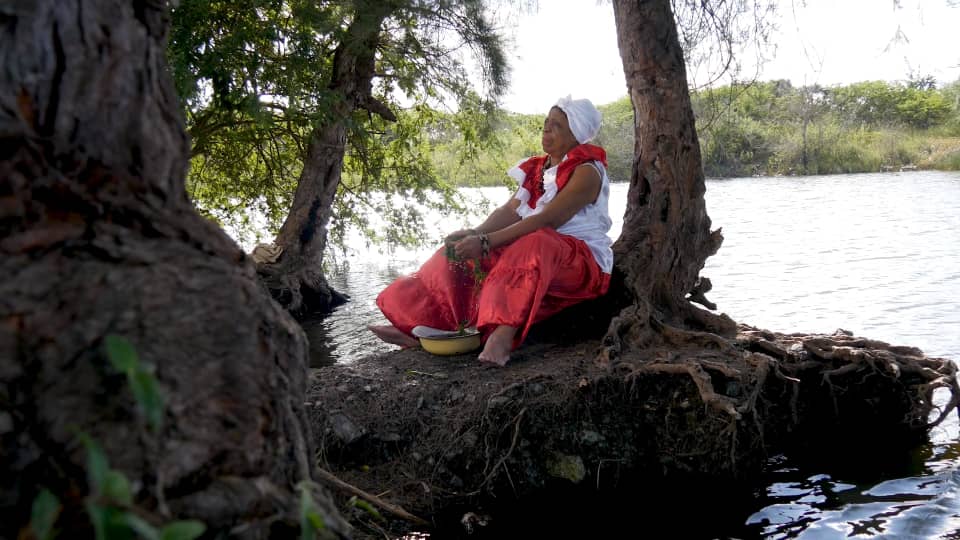
Translated by Linet Acuña Quilez



